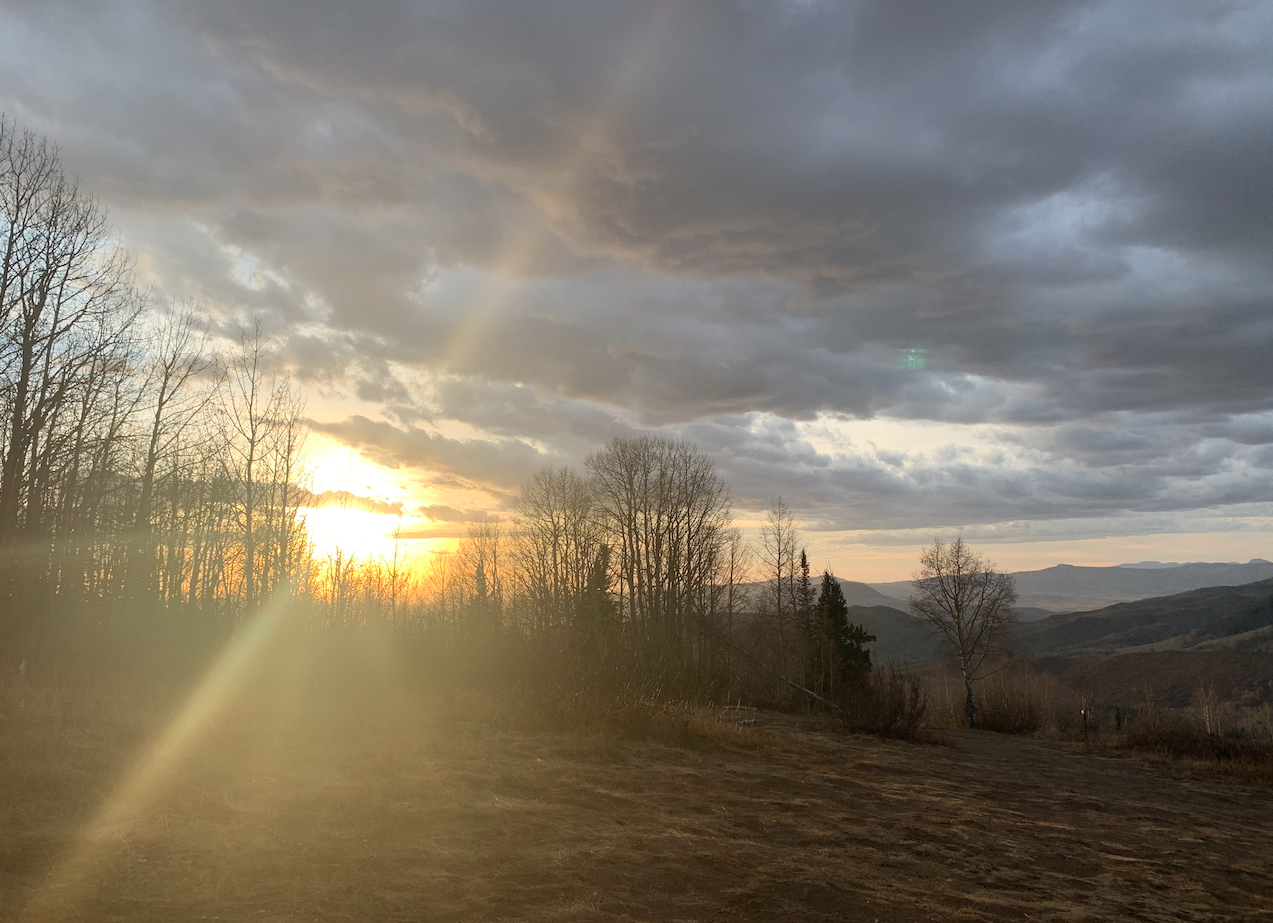One of my favorite times of year is early summer when the ferns begin to grow. Within weeks, they've sprouted up high, sometimes reaching above my chest or head. Their tall, lanky forms make tunnels of green over trails and bite at my arms and legs as I barrel down on a mountain bike.
These vivid plants, with their coiled fiddleheads that expand into large leaves, have been around for millions and millions of years. And though they're most commonly associated with moist woodsy environments, they can live almost anywhere, from high mountains to dry desert rocky surfaces, often adapting to flourish in places where other plants cannot.
Ferns do not produce seeds or flowers. Rather, they reproduce by tiny spores, which are released from underneath their fronds and have half the number of chromosomes needed for a mature plant. Once a spore is set free, it can develop into a thin, heart-shaped structure (gametophyte) that makes both sperm and eggs. The sperm are mobile, actually swimming through water left by rain or dew to fertilize the fern egg.
There a lots of types of ferns, but here are two that may catch your attention:
-The interrupted fern (Osmunda claytoniana), an excellent example of "evolutionary stasis" as it has not changed (nuclei and chromosomes included) for at least 180 million years. It's common name refers to the gap in the middle of the frond blades, which is left after fertile portions wither and die.
-Resurrection ferns, which can survive long droughts (possibly up to 100 years). During a drought, this fern will curl up its leaves and dry out, turning a gray-brown color. But when just a little water appears, the fern uncurls and opens, quickly restoring to a vibrant green. Studies have shown they can lose almost all their water (even up to 97 percent) and still live; most other plants would die after losing 8 to 12 percent.
Ferns are not without intrigue. In the Victorian era, there was a craze for collecting ferns and using ferns in art. And there are various legends about ferns: in Slavic folklore, if you see a "fern flower" you will be happy and rich for the rest of your live. According to Finnish tradition, anyone who finds the seed of a fern in bloom on midsummer's night will be able to travel to the place where will o' the wisps mark hidden treasure.
The next time you're outside, keep your eyes open for ferns. It most likely won't lead you to hidden treasure, but it might just lead you to an appreciation of something ancient and unique.
__________
creativecommons/pixaby








